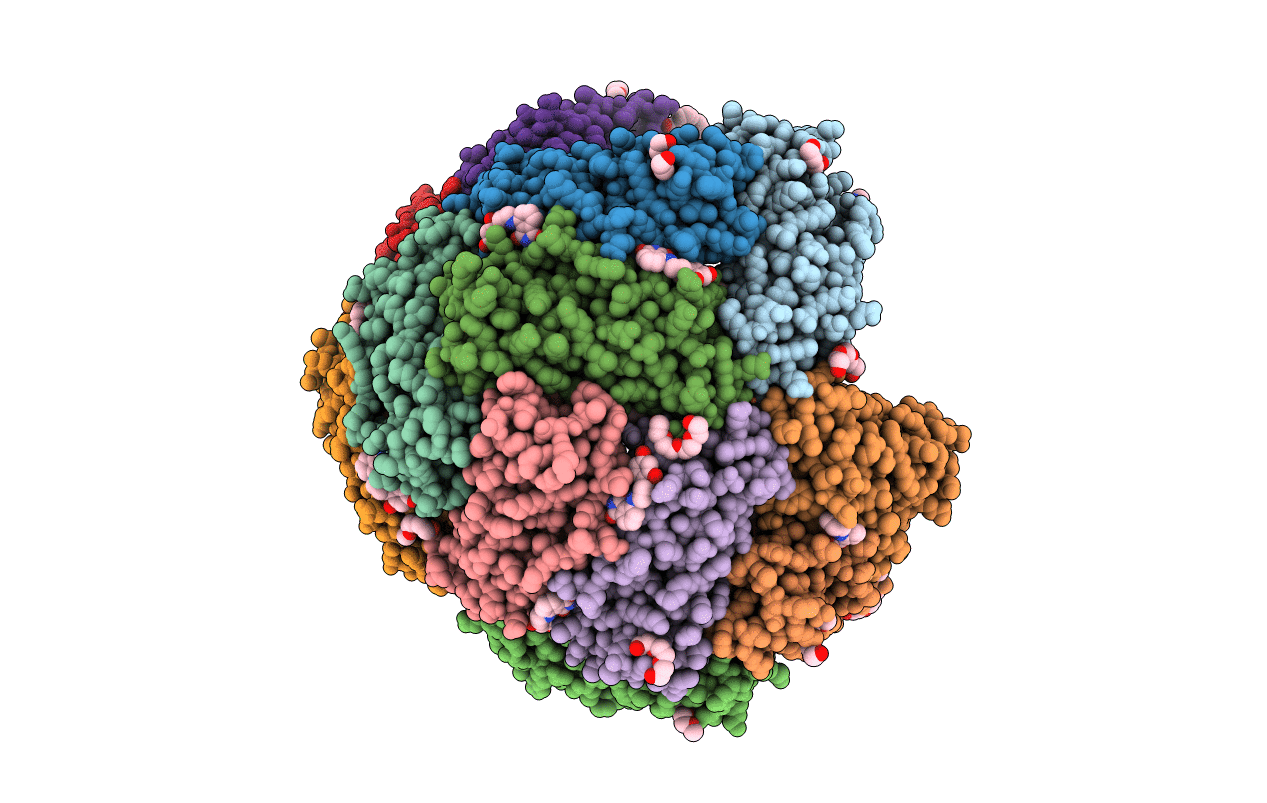
Deposition Date
2019-01-08
Release Date
2019-05-08
Last Version Date
2023-10-11
Entry Detail
PDB ID:
6NLL
Keywords:
Title:
1.80 A resolution structure of WT BfrB from Pseudomonas aeruginosa in complex with a protein-protein interaction inhibitor (analog 14)
Biological Source:
Source Organism:
Host Organism:
Method Details:
Experimental Method:
Resolution:
1.80 Å
R-Value Free:
0.17
R-Value Work:
0.15
R-Value Observed:
0.15
Space Group:
C 2 2 21


